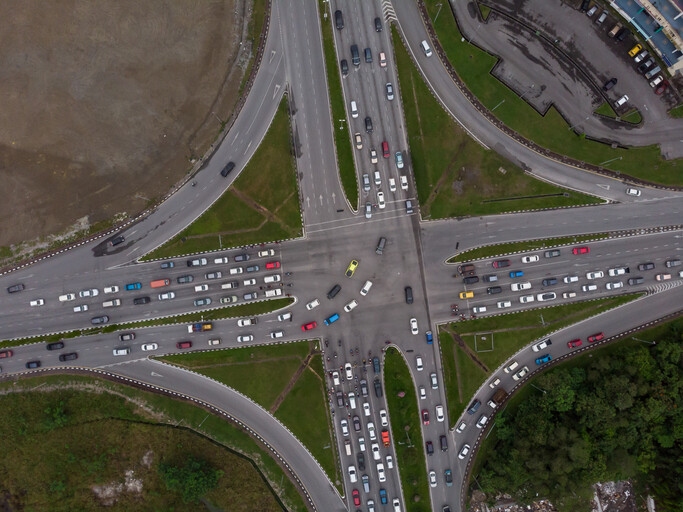The Intersection Of Civil Engineering And Renewable Energy Integration

With the growing concern for energy sustainability, the role of renewable and distributed energy integration and interconnection has become increasingly important. This involves connecting different renewable sources and distributed energy resources to the grid to improve the efficiency and reliability of the energy system.
Here are some frequently asked questions about renewable and distributed energy integration and interconnection:
What is renewable energy integration?
Renewable energy integration involves connecting different renewable energy sources such as wind, solar, and hydro power to the energy grid. This helps to reduce the reliance on non-renewable energy sources and thus decrease carbon emissions.
What is distributed energy resource integration?
Distributed energy resource integration involves connecting small-scale energy resources like rooftop solar panels and home-based wind turbines to the energy grid. This can help to increase the reliability of the energy system and reduce the need for expensive infrastructure investments.
Why is renewable and distributed energy integration important?
The integration of renewable and distributed energy resources into the energy grid is important for several reasons:
- It helps to reduce carbon emissions and mitigate climate change
- It improves the reliability and resiliency of the energy system
- It reduces the reliance on non-renewable energy sources and enhances energy security
- It can lower energy costs by reducing the need for expensive infrastructure investments
What are the challenges of renewable and distributed energy integration?
Although the integration of renewable and distributed energy resources into the energy grid is beneficial, it also poses some challenges:
- Intermittency: Renewable sources like wind and solar are intermittent and can be affected by weather conditions, making it difficult to maintain a stable energy supply
- Integration costs: Integrating renewable and distributed energy resources into the grid requires significant investments in infrastructure and technology
- Regulatory barriers: Some regulations and policies do not fully recognize the benefits of renewable and distributed energy integration, making it difficult to implement necessary changes
How can these challenges be addressed?
There are several strategies that can be employed to address the challenges of renewable and distributed energy integration:
- Battery storage: Energy storage technologies like battery storage can help to mitigate the intermittency of renewable sources by storing energy when it is available and releasing it when it is needed
- Smart grid technologies: Smart grid technologies can help to more efficiently manage and integrate renewable and distributed energy resources into the grid
- Incentives and policies: Governments can implement policies and incentives that encourage the integration of renewable and distributed energy resources into the grid
What are some examples of successful renewable and distributed energy integration projects?
There are several examples of successful renewable and distributed energy integration projects:
- Germany: Germany has implemented policies that encourage the development of renewable energy, resulting in a significant increase in wind and solar power generation and a decrease in carbon emissions
- California: California has implemented policies that encourage the development of distributed energy resources, resulting in increased energy reliability and a reduction in greenhouse gas emissions
- Australia: Australia has implemented programs that encourage the use of energy storage technologies like batteries, resulting in increased energy reliability and a reduction in energy costs
Conclusion
Renewable and distributed energy integration and interconnection is critical in the transition towards a sustainable energy system. While there are challenges associated with this transition, there are also strategies that can be employed to overcome these challenges. By integrating renewable and distributed energy resources into the energy grid, we can reduce carbon emissions, improve energy reliability, and enhance energy security.


Post a Comment for "The Intersection Of Civil Engineering And Renewable Energy Integration"